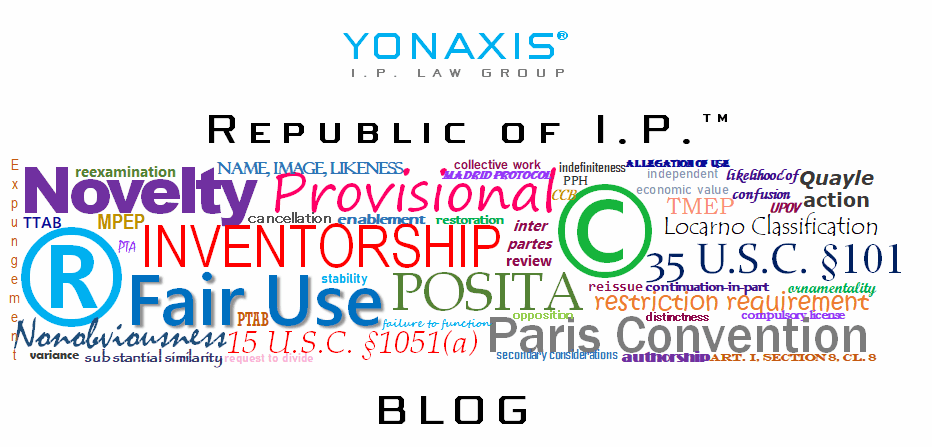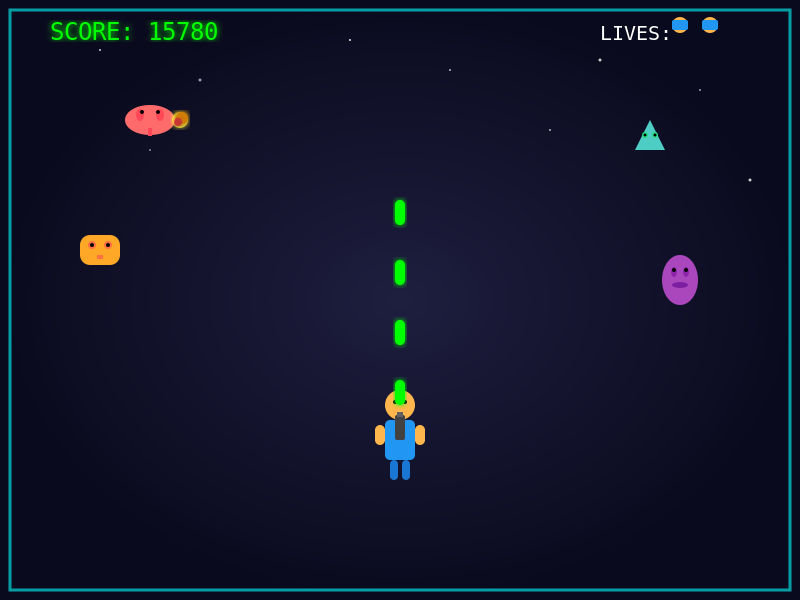The gaming industry sits at a fascinating intersection of creativity and intellectual property law, where developers, content creators, and players constantly navigate complex copyright and trademark landscapes. Understanding these legal frameworks is crucial for anyone involved in game development, streaming, or content creation.
Copyright Fundamentals in Gaming
Copyright protection extends to numerous elements within video games, including source code, artwork, music, sound effects, and narrative elements. Game developers automatically receive copyright protection for their original creative works the moment they’re fixed in a tangible medium. This means that characters, storylines, visual assets, and even unique gameplay mechanics can potentially receive copyright protection.
However, copyright law becomes particularly nuanced when dealing with user-generated content and derivative works. Many modern games encourage players to create custom characters, build structures, or modify game elements, which is essentially a non-exclusive license. The legal status of these creations often depends on the game’s terms of service and end-user license agreements, which typically grant developers broad rights over player-created content.
Trademark Considerations
Trademarks protect distinctive signs, symbols, names, and designs that identify and distinguish goods or services in the marketplace. In gaming, this includes game titles, character names, logos, and distinctive visual elements that serve as brand identifiers. Unlike copyright, trademark protection requires active use in commerce and ongoing enforcement to maintain validity.
Character names and distinctive visual appearances can receive trademark protection when they function as source identifiers. For example, iconic characters like Mario or Sonic the Hedgehog enjoy both copyright protection as creative works and trademark protection as brand identifiers for their respective gaming franchises.
Character Creation Complexities
The creation of original characters for games involves multiple layers of intellectual property considerations. While the visual representation, backstory, and distinctive characteristics of a character may receive copyright protection, certain elements might be too generic or functional to qualify for protection. The challenge lies in balancing creativity with legal boundaries, especially when drawing inspiration from existing works or cultural references.
Independent developers and content creators must be particularly careful when creating characters that might inadvertently infringe on existing intellectual property. Even unintentional similarities to copyrighted characters can lead to legal challenges, making thorough research and original design approaches essential.
Fair Use and Transformative Works
The fair use exception provides some flexibility within copyright law, allowing limited use of copyrighted material for purposes such as criticism, comment, parody, or educational content.1 However, fair use analysis involves a complex four-factor test that considers the purpose of use, nature of the copyrighted work, amount used, and effect on the market value of the original work.2 The concept of transformative use, while helpful, may not be entirely dispositive to the final determination of fair use.3
Gaming content creators often rely on fair use when creating reviews, commentary, or parody content featuring copyrighted game elements. However, fair use is highly fact-specific, and what constitutes fair use in one context may not apply to another.
International Considerations
Intellectual property laws vary significantly across different jurisdictions, creating additional complexity for global gaming markets. What might be permissible in one country could violate intellectual property rights in another. Developers and content creators operating internationally must consider these variations when designing characters and creating content.
Best Practices for Creators
To navigate these complex waters successfully, gaming professionals should establish clear intellectual property policies, conduct thorough searches before finalizing character designs, maintain detailed documentation of the creative process, and consider registering valuable intellectual property assets. Consulting with experienced intellectual property attorneys can provide valuable guidance for specific situations and help avoid costly legal disputes.
The gaming industry continues to evolve rapidly, with new technologies and platforms creating fresh intellectual property challenges. Virtual reality, augmented reality, and blockchain-based gaming assets introduce additional considerations that existing legal frameworks are still adapting to address.
Understanding these intellectual property principles helps creators make informed decisions while fostering innovation and creativity within appropriate legal boundaries. As the gaming landscape continues to expand, staying informed about these evolving legal considerations remains essential for sustainable success in the industry.
For more information, please contact Yonaxis I.P. Law Group.
- See, e.g., Campbell v. Acuff-Rose Music, Inc., 510 U.S. 569 (1994). ↩︎
- 17 U.S.C. §107. ↩︎
- See, e.g., Andy Warhol Foundation for the Visual Arts, Inc. v. Goldsmith, 598 U.S. 508 (2023). ↩︎

